- Title: Jack the Giant Slayer
- IMDB: link

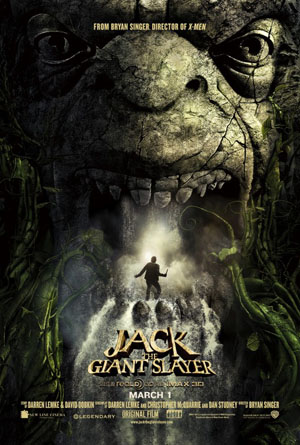 Turning fairy tales into big budget live-action CGI extravaganzas seems to be all the rage in Hollywood right now. Director Bryan Singer‘s Jack the Giant Slayer, the retelling of Jack and the Beanstalk, is an inarguably flawed film, but it’s certainly a step up from similar recent films such as Snow White and the Huntsman, Mirror Mirror, and even Hansel & Gretel: Witch Hunters.
Turning fairy tales into big budget live-action CGI extravaganzas seems to be all the rage in Hollywood right now. Director Bryan Singer‘s Jack the Giant Slayer, the retelling of Jack and the Beanstalk, is an inarguably flawed film, but it’s certainly a step up from similar recent films such as Snow White and the Huntsman, Mirror Mirror, and even Hansel & Gretel: Witch Hunters.
Singer’s modest success comes from casting two likable young stars (Nicholas Hoult, Eleanor Tomlinson), clever work in the editing room, some (mostly) good special effects, and fun supporting performances from the likes of Ewan McGregor, Ian McShane, and Stanley Tucci as the film’s dastardly villain Roderick who plans to use the giants to seize power in the kingdom and beyond.
The plot to Jack the Giant Slayer is relatively straight-forward. We’re given a hero’s journey as Jack (Hoult) sets out to prove his worth by helping to rescue Princess Isabelle (Tomlinson), whom he secretly loves, from an army of human-eating giants at the top of Jack’s beanstalk.
From the opening scenes in which we see young versions of Jack and Isabelle being read the same bedtime story about giants and crazy adventures, by parents they would lose before our tale begins in earnest, it’s obvious the pair will end up together. Subtlety isn’t in Jack the Giant Slayer‘s bag of tricks, but Singer is able to make the predictable journey far more enjoyable than I expected. Hoult and Tomlinson get the bulk of the credit as the film’s earnest lead characters and the sheer joy McGregor and Tucci bring to the proceedings helps liven up the movie.
If the characters are the film’s greatest strength the over-reliance on CGI is Jack the Giant Slayer‘s greatest weakness. The movie relies too much on CGI when the script by Darren Lemke, Christopher McQuarrie, and Dan Studney could certainly use some punching up (and far less juvenile humor for the kids). The effects (at least in 3D, as I saw the film) are also a bit of a mixed bag. The beanstalks themselves are terrific. The giants (the film’s main villains) are more of a mixed bag as only a few stand out over the course of the film. My biggest complaint with the effects is how bad certain scenes look when we’re given an overhead perspective of the action which distorts the characters, stretching them to near Plastic Man proportions.
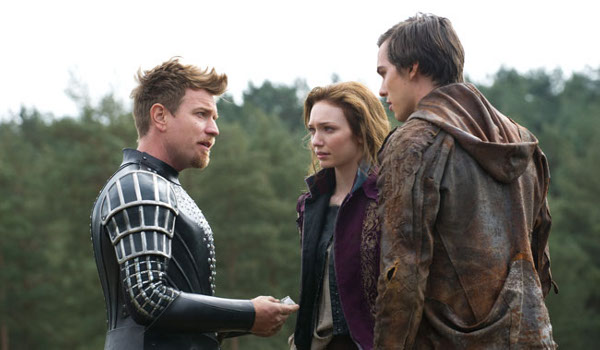
There are some consistency and logic issues as well. Why is the land of the giants (high above the clouds and only reachable by the huge beanstalks) filled with normal sized sheep and plant life? Shouldn’t they be larger as well? In the film’s final act how does one of the largest giants fit through the far too narrow sewers and catacombs to set up one of the most climactic fights? Once the giants retrieve the magical crown that bends the giants to the the will of whoever wears it, which is how they were banished in the past, why don’t they destroy it to make sure it is never used against them again?
Despite all these issues I’ll have to admit I had fun watching Jack the Giant Slayer. As flawed and predictable as Singer’s movie is, it had more than enough charm to keep my interest (at least for a single viewing). I don’t think it’s necessary to see the film in 3D (and wonder if the CGI might actually look better in 2D), but the design of the both the giant and human kingdoms are well done, the main characters are goodhearted and charming, and the script finds a way to play Jack selling his horse (rather than a cow) for a handful of magic beans in a way that makes at least a little sense.


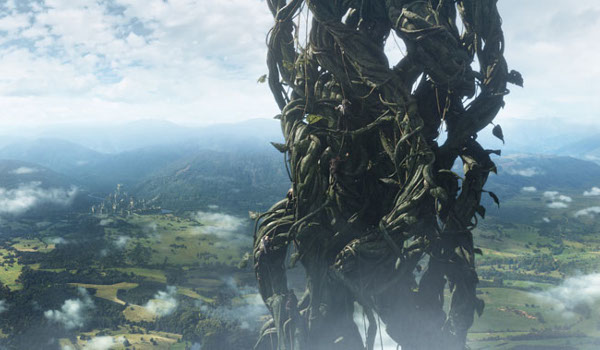
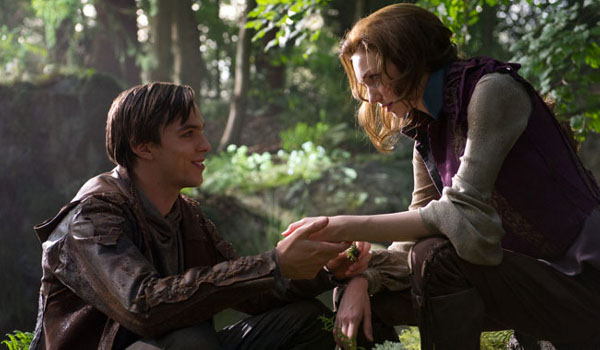
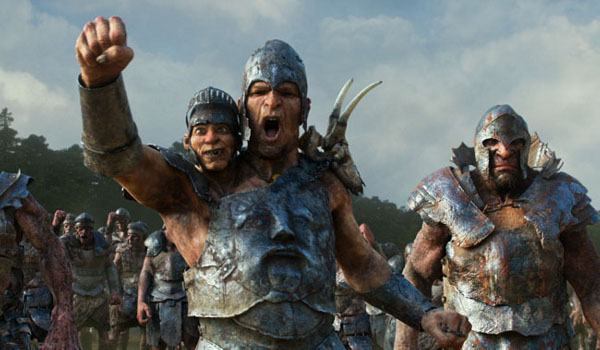
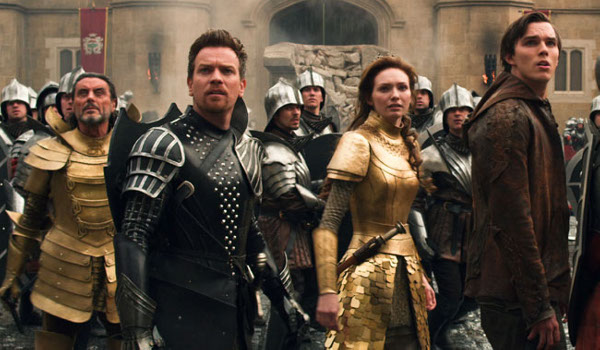
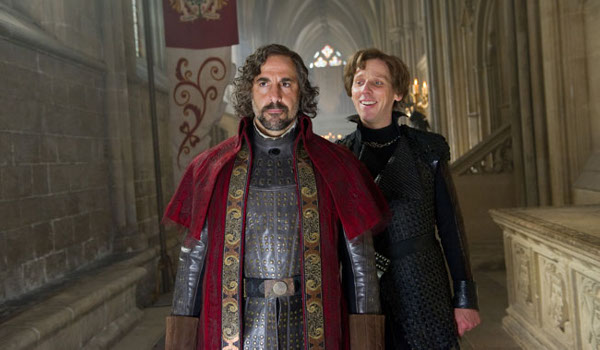
I like this one